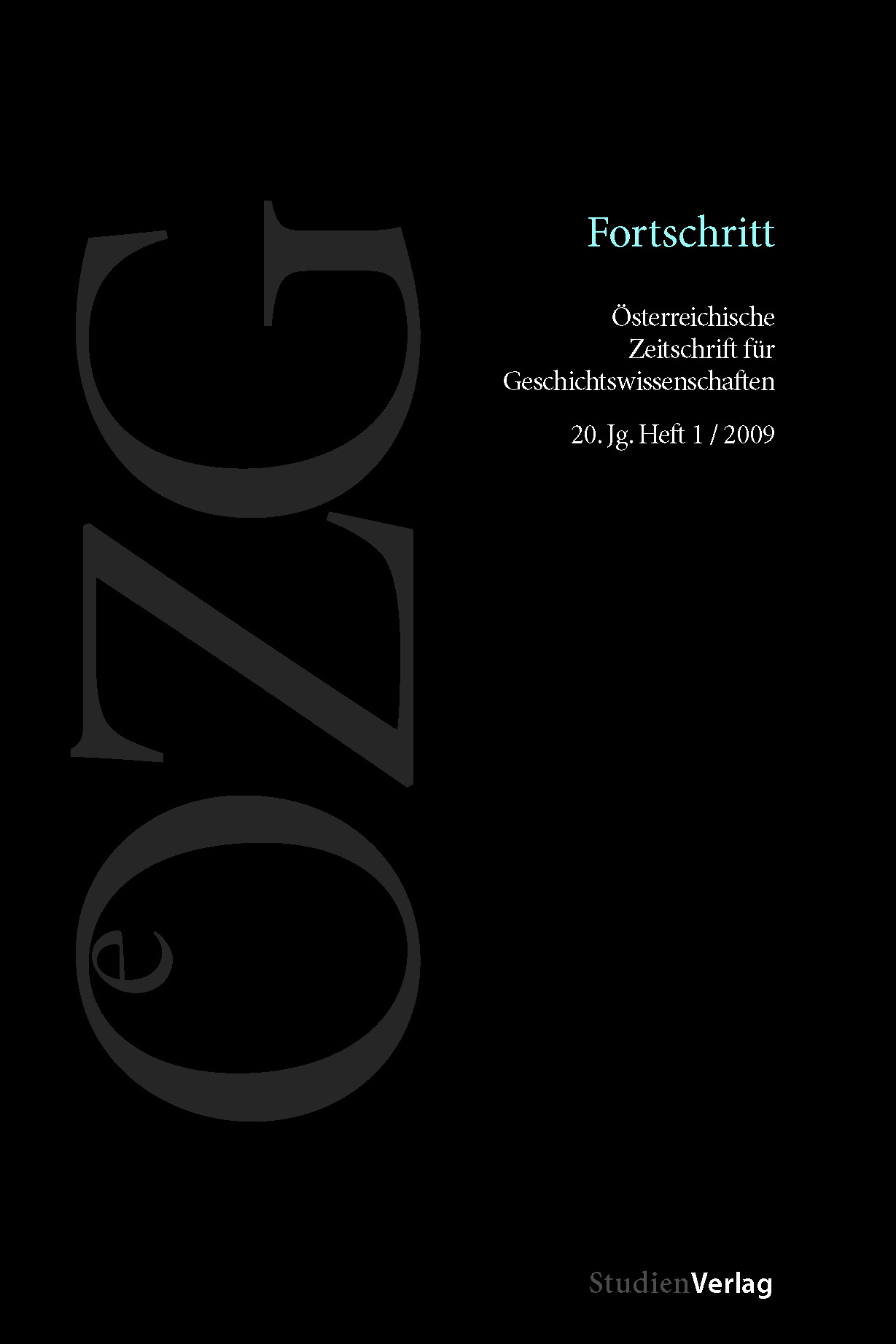Heimatschutz und Großstadt
Zu Tradition und Moderne in Wien um 1900
DOI:
https://doi.org/10.25365/oezg-2009-20-1-5Schlagworte:
homeland protection, metropolis, modernization, tradition, reformAbstract
Heimatschutz (literally: protection of the homeland) was described for a long time merely as a form of reactionary antimodernism and as a romantic aestheticism. At the same time the relationship between homeland protection and the metropolis has hardly been investigated. This article presents a new view of the history of early Heimatschutz in Vienna around 1900 with regard to its urban programme and activities. When listing their positions, it is important to distinguish between a reactionary, nationalistic variation and a reform-minded liberal conservatism within the movement. In Vienna, various Heimat organisations had their own offices, but only the liberal-conservative approach paid any attention to the city itself. And its criticism agreed in many points with the mainstream or even with the avantgarde of urban planning, architecture and historic preservation at that time. The protagonists included prominent figures from culture and science. Their aim was both to preserve the old city and to reshape the recent city. Finally, Viennese Heimatschutz formed a specific transition zone between tradition and modernity. It can be considered as a third way between one-sided economic modernization and aesthetical, romantic escapism.


